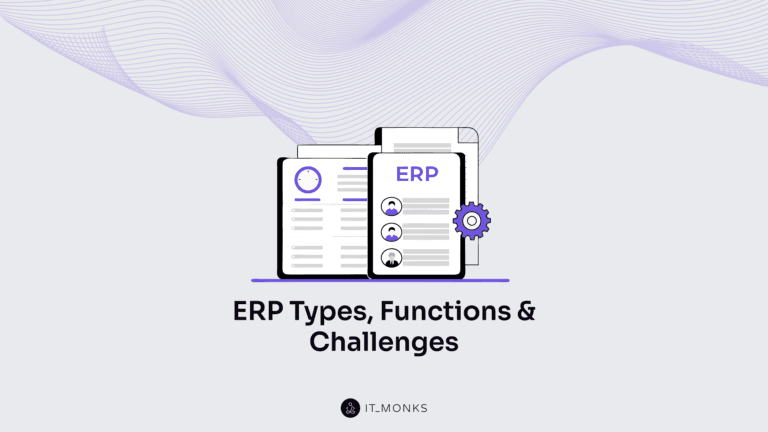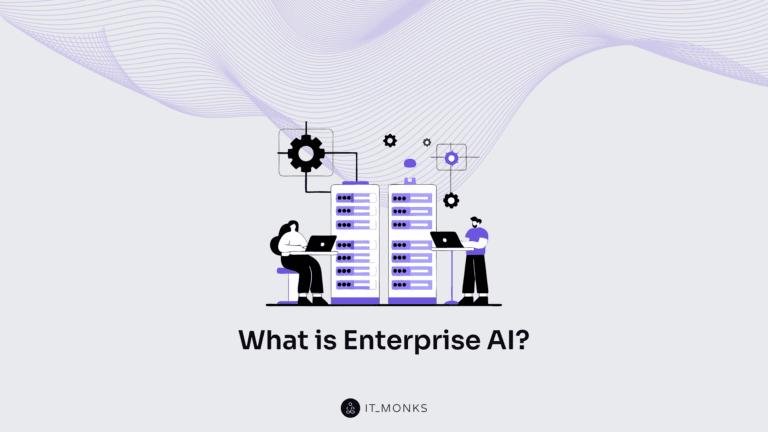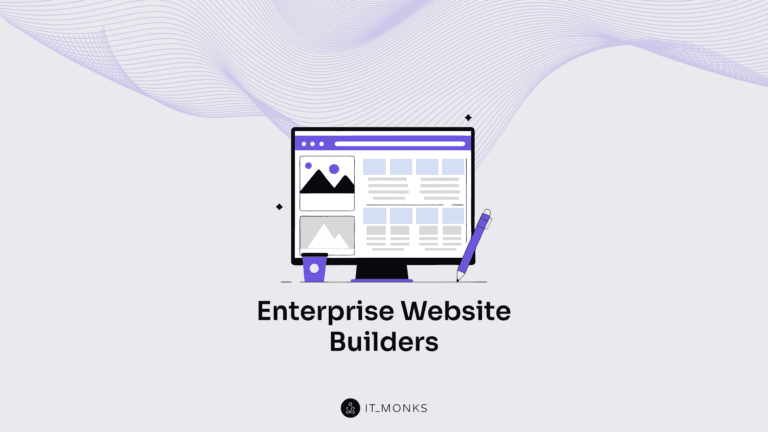How to Create an MVP on WordPress to Kickstart Your Startup
Table of Contents

Creating a high-quality product that meets users’ needs is crucial to market a product effectively. And to create such a product, it is essential to understand what users want. This is where MVPs come in. MVPs allow businesses to validate their product ideas in the real world and obtain valuable user feedback. By leveraging WordPress, an adaptable and user-friendly platform that is also free, businesses can quickly build MVPs. This post will explore how to create an MVP on WordPress in depth.
What Is an MVP?
An MVP, short for “Minimum Viable Product,” is a commonly used term in software development. It refers to a product version that includes essential features to attract early adopters and validate the offering during the initial stages of development.
An MVP is a smaller version of a larger product designed to test a business idea. Its main purpose is to help the idea creator determine if it appeals to potential customers without investing much money. Take Amazon as an example. It began as a website solely for selling books but eventually expanded its offerings to include other products like electronics, food, toys, jewelry, and more.
Discover how to create an MVP, a strategic approach that empowers your development team to glean invaluable insights for refining your product, all while optimizing resources.
Building MVPs on WordPress is a logical choice due to its affordability, flexibility, and pre-built features that meet the requirements of most applications.
Why Do Startups Build MVPs on WordPress?
Startups strategically build Minimum Viable Products (MVPs) to orchestrate an insightful dialogue with customers, drawing valuable feedback to refine and enhance their offerings. The MVP approach is a vigilant guardian against squandering resources – both time and financial – on a fully-fledged product that might need more users’ desired pivotal features.
This principle extends beyond startups, resonating with web designers who can reap the rewards of MVP creation. By involving clients in the early stages, designers tap into a wellspring of feedback, shaping the project’s trajectory before the final strokes are applied.
When it comes to MVPs, it is best to avoid the carte blanche approach. Instead, build an MVP website or create an MVP landing page based on an existing platform. WordPress is the ideal choice for several reasons:
Reason #1: It provides all the necessary core functionality to manage your site efficiently. You can easily manage users and user roles, manipulate content, add images, retrieve data from a built-in database, and perform other basic actions. You don’t need to be a tech guru to use WordPress effectively.
Reason #2: It allows you to quickly build an MVP website in a few days or even hours. With over 59,000 plugins on the official WordPress site, you can quickly implement the core features you need. Whether it’s creating custom forms or integrating a payment processor, there’s a plugin for almost everything. Additionally, you can choose from over 9,000 provided themes to create a visually appealing interface for your MVP.
Reason #3: Once your hypothesis has been confirmed, you can continue using WordPress for your site. WordPress has evolved to support all types of sites, including large enterprise solutions. This means you can modify your MVP to accommodate new requirements without migrating content and data to another platform. This saves time and money.
By choosing WordPress for your MVP, you can mitigate risks, keep expenses low, and quickly implement your idea in a real business setting.
How to Create an MVP on WordPress

Having explored the rationale behind choosing WordPress for MVP creation, it’s now time to delve into the practical “how.” Below is a step-by-step blueprint to follow as you embark on crafting your WordPress MVP:
Define Your Testing Parameters
Recognize that not all aspects of your business model require equal validation. Prioritize testing the utility of product features over superficial factors like color preferences. Precision in selecting what to test ensures gathering insightful feedback, guiding you towards product enhancement. Streamline your focus to what profoundly improves your website or app. Robust data collection fosters superior product development, amplifying customer base and revenue streams.
Budget Your Time and Resources Appropriately
Remember that your MVP is the essence of viability, not an opulent masterpiece. Allocating excessive time and resources contradicts its core principle. The MVP’s chief function is to captivate early adopters and expedite the validation of your product concept.
Curate Essential Plugins Aligned with Your Use Case
Irrespective of your app’s nature, reliance on WordPress plugins is often inevitable for MVP construction. Pivotal to this process is rigorously testing these plugins beforehand. You avert potential pitfalls during development by preemptively ensuring compatibility and desired functionality.
Prioritize Seamless User Experience for Optimal Usability
An MVP thrives on user feedback, rendering an overly complex version redundant. Strive for elegance through simplicity. Opt for the most user-friendly approach when designing your MVP. If confronted with multiple pathways to construct the same MVP, opt for the one that yields the smoothest user experience.
These steps forge a navigational compass for translating your MVP vision into a tangible WordPress-powered reality. The path to a robust and validated MVP becomes remarkably clear, with precision and simplicity as your guiding principles.
Start Building Your WordPress MVP
It’s important to dispel the misconception that an MVP equals subpar quality. An MVP represents a fully functional eCommerce website that engages visitors and fosters conversions. It should exude a polished aesthetic, seamless functionality, and rapid loading times, albeit with a more streamlined feature set.
In pursuing comprehensive functionality, there’s a potential pitfall: integrating numerous plugins that may clash, resulting in a sluggish site and a convoluted user experience.
Another challenge lies in the potential homogeneity of stock themes, where your MVP risks blending into a sea of similarities.
Navigating these challenges is where IT Monks, a distinguished web development company, steps in. With a decade of prolific WordPress projects, we stand as unrivaled experts in every facet of this globally acclaimed CMS.
Our prowess extends to guiding you in selecting core MVP features and harmonizing plugins to avert conflicts and glitches. Creating custom plugins is within our purview, as is transforming off-the-shelf themes or crafting bespoke ones. Our proficiency in WordPress development sets us apart, ensuring that your MVP journey is both elevated and expedited beyond the offerings of many other contemporary companies.
Contact

Send a Project Brief
You are currently viewing a placeholder content from Facebook. To access the actual content, click the button below. Please note that doing so will share data with third-party providers.
More InformationYou are currently viewing a placeholder content from Instagram. To access the actual content, click the button below. Please note that doing so will share data with third-party providers.
More InformationYou are currently viewing a placeholder content from X. To access the actual content, click the button below. Please note that doing so will share data with third-party providers.
More Information


